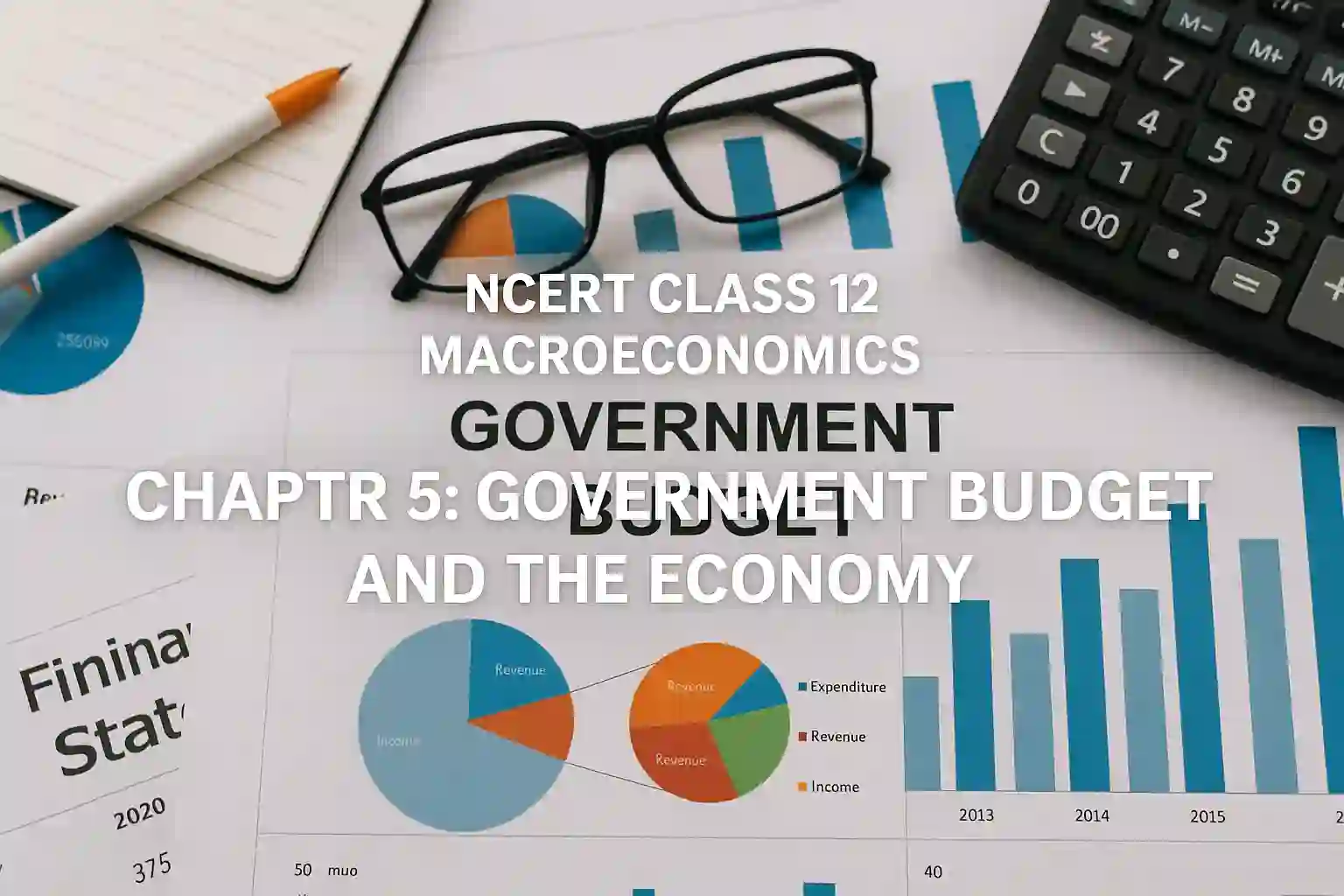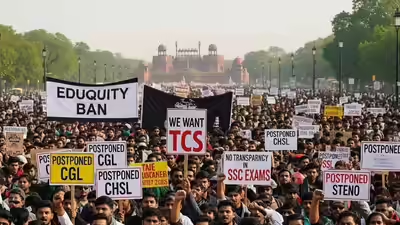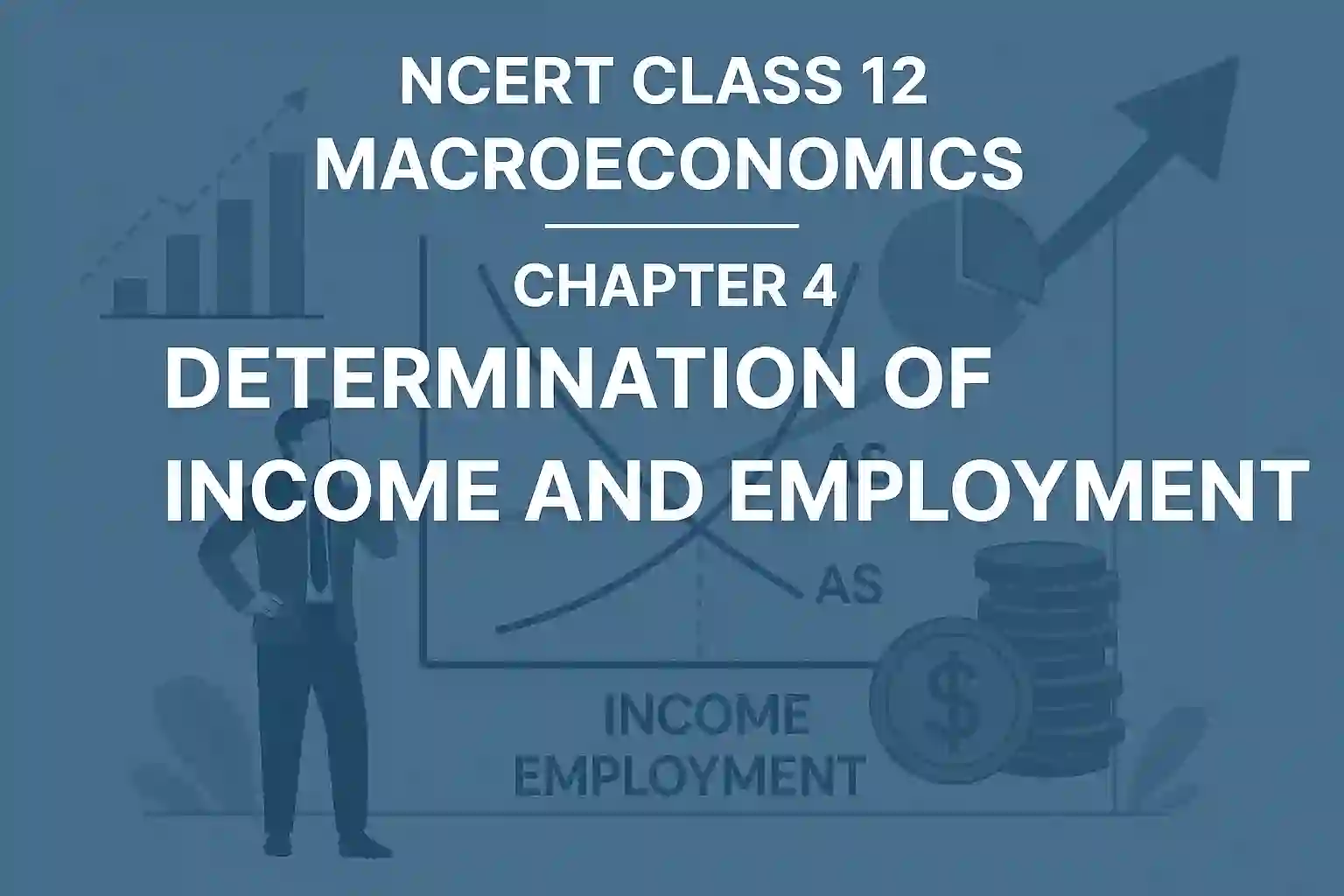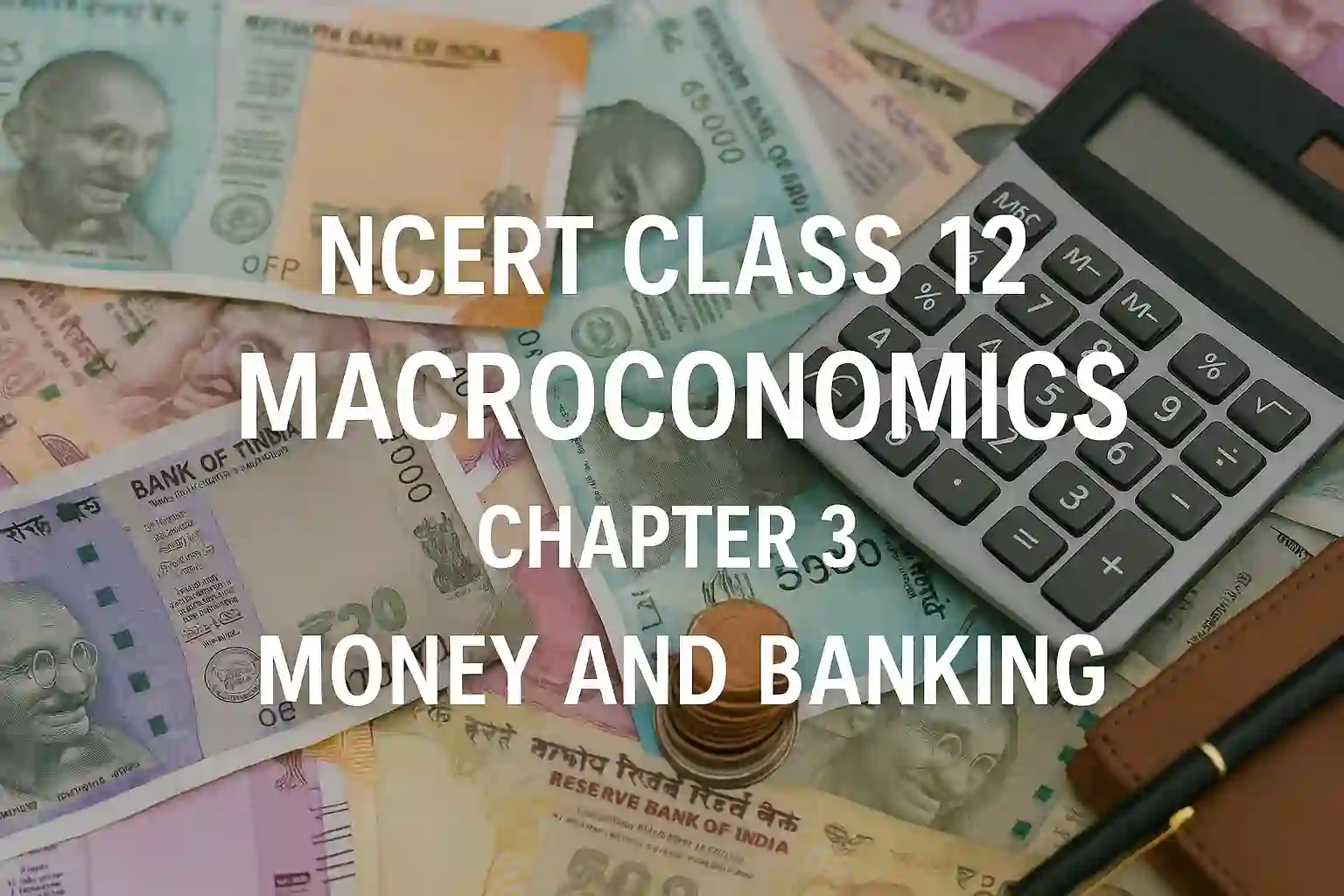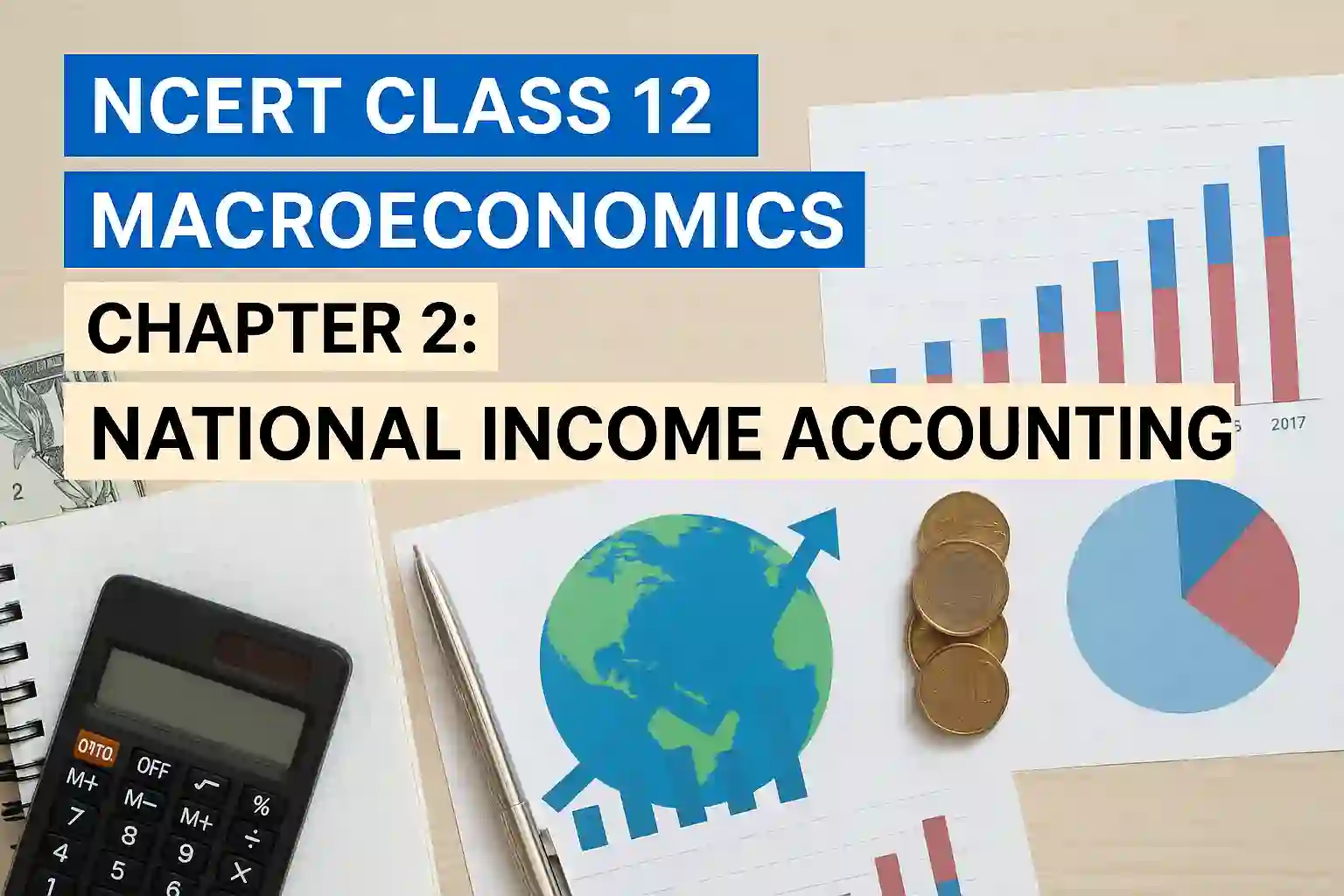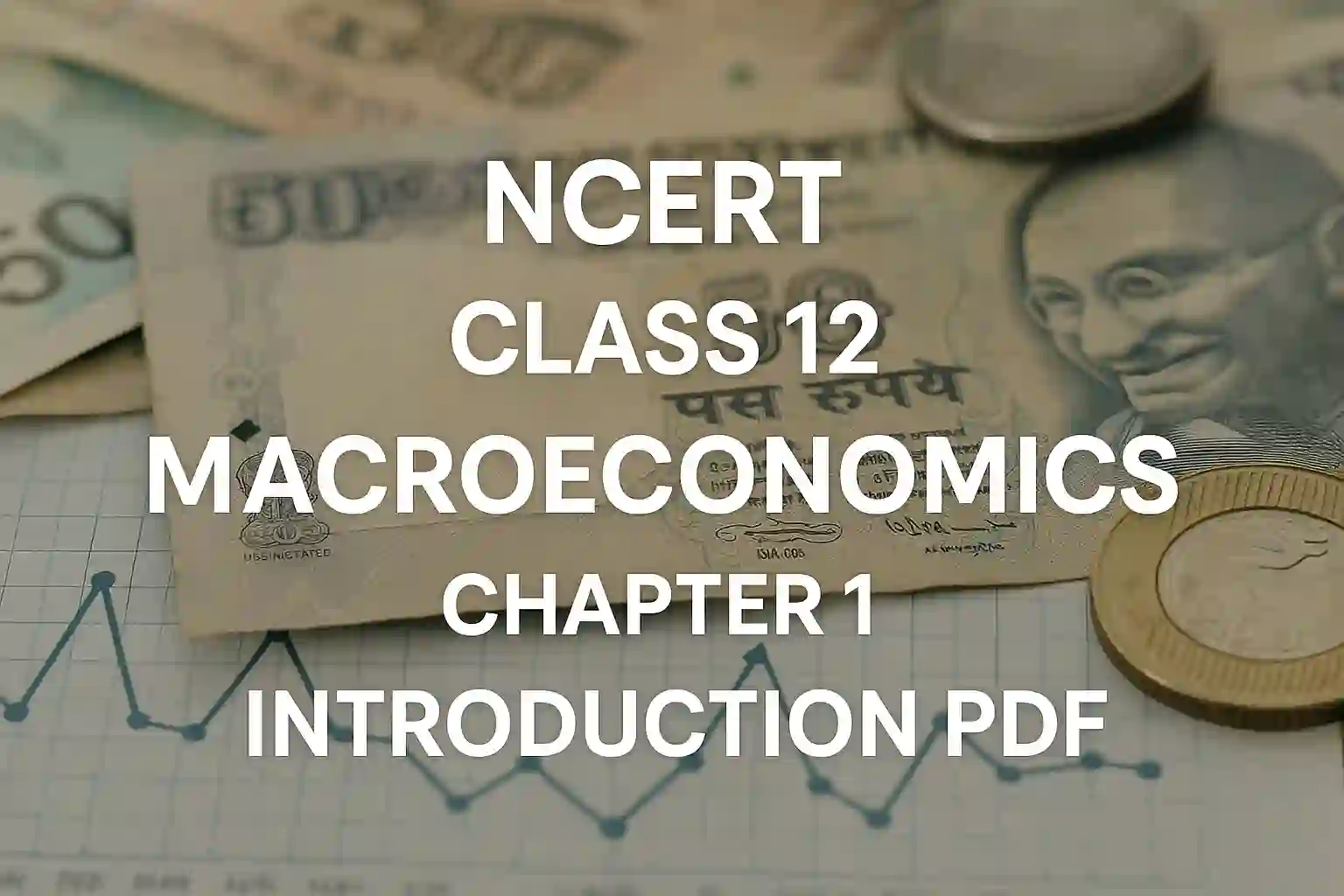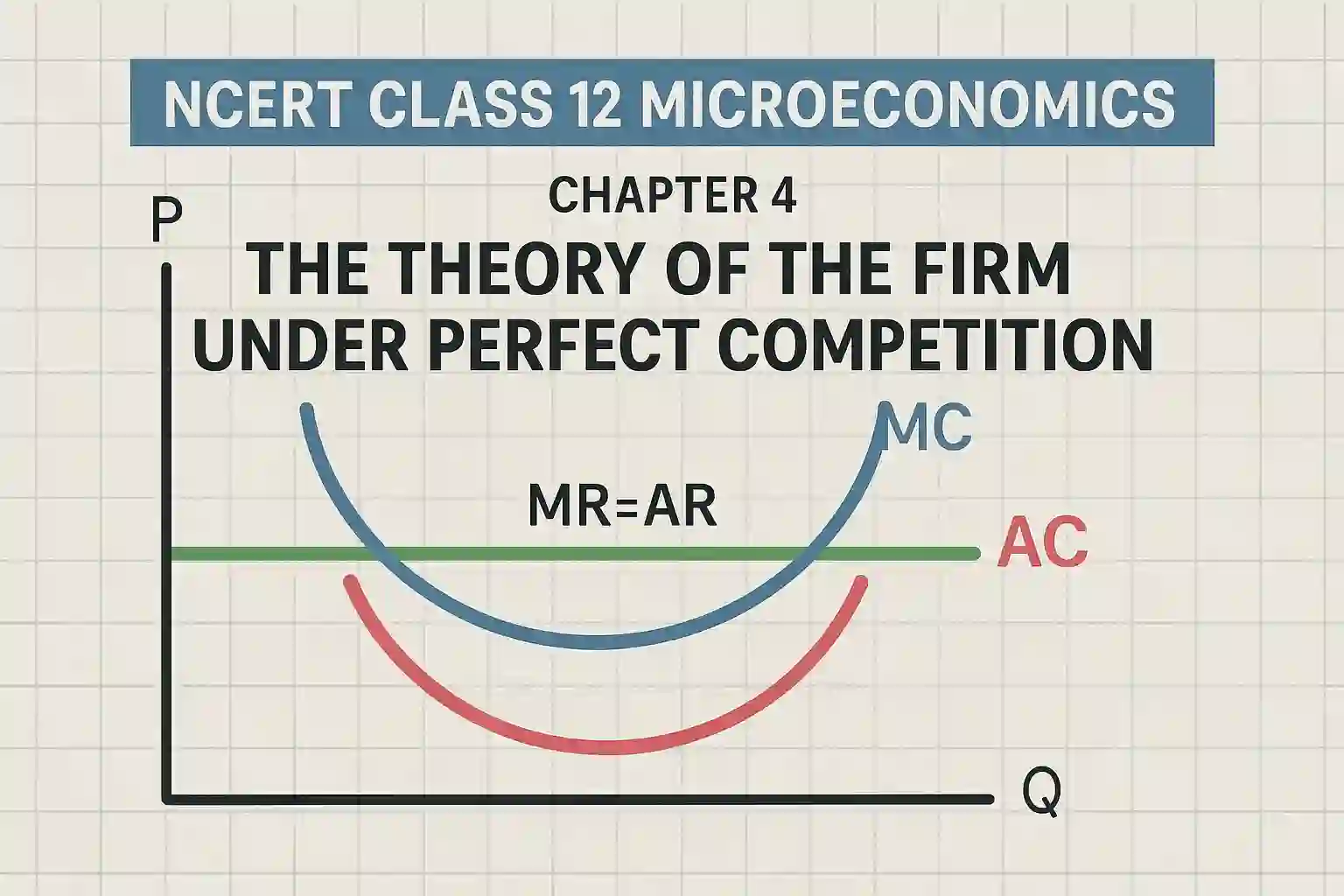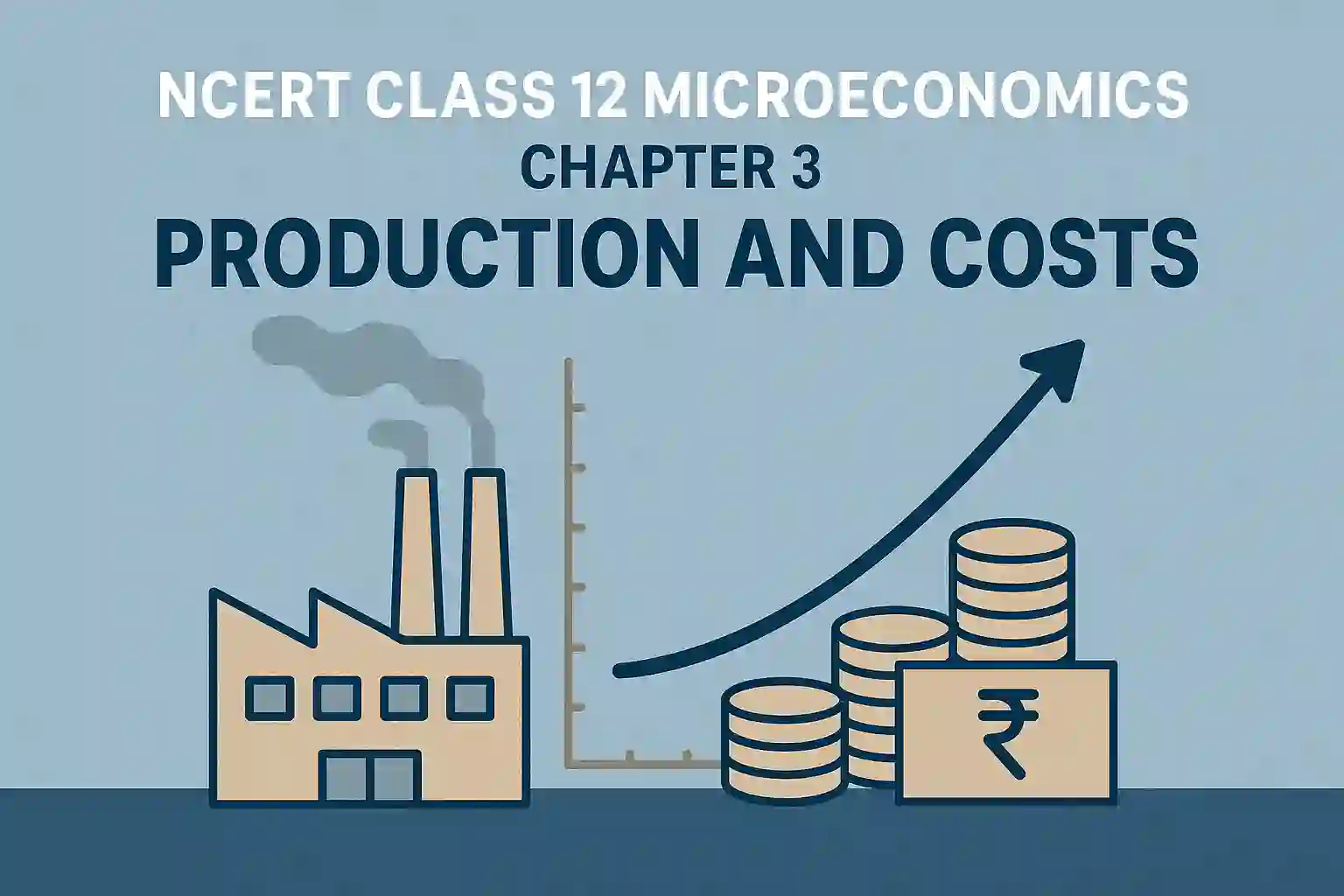Chapter 3 of the NCERT Class 10 Geography book, Water Resources, explains the importance of water in our daily lives, the rising crisis due to overuse, and how we can manage it better. This chapter explores the uneven distribution of water across India, causes of water scarcity, multi-purpose river projects, and the traditional methods of water conservation. It not only connects to real-life examples but also introduces students to terms like rainwater harvesting and watershed development.
I’ve written this post because I believe this chapter teaches more than just concepts—it shows us the ground reality of India’s water problem. I still remember a question in my board exam asking about the Tehri Dam, and the answer came straight from this chapter. But beyond exams, it made me think about the water we waste at home. Many of us take water for granted, yet people in Rajasthan and parts of Maharashtra struggle daily for drinking water. By revisiting this chapter and keeping the PDF handy, students can understand the real value of water and how they can contribute, even in small ways, to conserve it.
Key Concepts from Chapter 3 – Water Resources
Why Water is Scarce in India
- Uneven rainfall and seasonal variations
- Overuse in agriculture and industry
- Urbanisation and pollution of freshwater sources
- Lack of planning in water management
Multi-purpose River Projects
- Dams serve irrigation, electricity generation, water supply and flood control
- Major examples: Bhakra Nangal, Hirakud, Sardar Sarovar, Tehri
- Debate around displacement of people and ecological issues
Traditional Methods of Water Conservation
- Tankas in Rajasthan for storing rainwater
- Bamboo drip irrigation in Meghalaya
- Kulhs in Himachal Pradesh
- Ponds and baolis in Uttar Pradesh and Madhya Pradesh
Rainwater Harvesting
- Capturing rain where it falls
- Urban rooftop harvesting is gaining popularity
- Chennai and Delhi have made it mandatory in many zones
Role of Community in Water Conservation
- Involvement of local people in reviving dried rivers
- Example: Johads in Alwar (Rajasthan) helped restore the Arvari river
- Check dams and small irrigation tanks help reduce groundwater exploitation
Map Skills for Exam
- Be familiar with major dams and rivers: Mahanadi, Narmada, Krishna, and Kaveri
- Locate Tehri (Uttarakhand), Rana Pratap Sagar (Rajasthan), and Nagarjuna Sagar (Telangana)
Download PDF
Click here to download NCERT Class 10 Geography Chapter 3: Water Resources PDF


